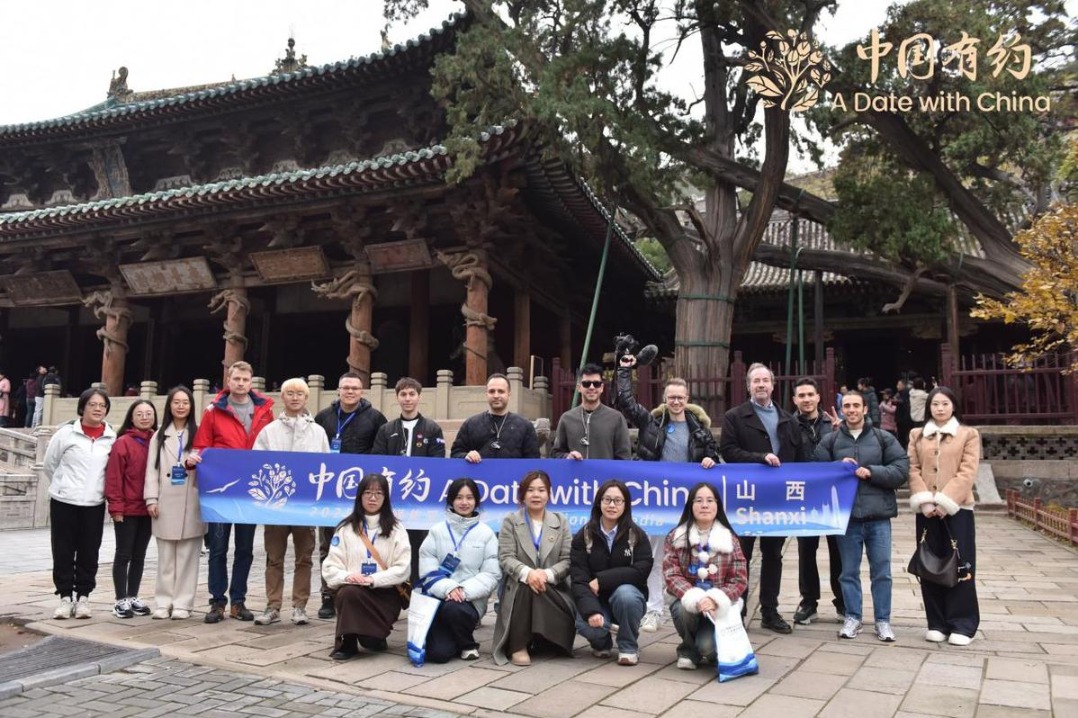Talks only way to resolve Sino-Indian border dispute

With the international community focused on the global fight against the novel coronavirus, Indian troops violated the Line of Actual Control (the non-demarcated border) between China and India in May, leading to a weeks-long tense standoff between and the armies of the two Asian neighbors in the remote Galwan Valley and Pangong Lake in the Aksai Chin area.
Even though the two militaries held talks in early June seeking to defuse the tension, the Indian intrusion on June 15 led to a deadly fight between Chinese and Indian soldiers resulting in casualties on both sides. Unfortunately, the brutal clash broke the more than four decades of tranquility along the LAC, and has turned the peaceful valley in the Western Himalayas into a scuffle ground.
More importantly, the clash, once again after the Doklam face-off in 2017, reflects a steady erosion of the consensus that Beijing and New Delhi reached in the early 1990s-not allowing the border dispute to be the flashpoint of their ties and observing the LAC until a settlement is reached. Indeed, in the last decade, particularly after Narendra Modi became prime minister, India has made a series of moves to strengthen its position along the disputed borders with its neighbors-Pakistan, Nepal and China.
In the case of the border with China, India has enlarged the size of its armed forces, upgraded military equipment, ramped up infrastructure buildup, annulled the autonomic status of Kashmir where China has a sovereignty stake, and frequently violated the LAC. The current clash is another spillover of Modi implementing his Bharatiya Janata Party's ultranationalist right-wing agenda. To cope with India's growing activities along the border, China has to demonstrate that it is determined to safeguard its border, and national sovereignty and territorial integrity.
As China has resolved its border disputes with all its neighbors on land, except India and Bhutan, it is definitely in China's interest to settle its boundary dispute with India. It is assumed India too wants a peaceful neighborhood. Both countries are emerging economies with rising global influence, so any conflict or clash along the border could derail their policy priority and agenda.
Actually, Beijing and New Delhi have taken several measures to initiate or deepen cooperation in several areas while holding talks to settle the border dispute. And their trade volume has dramatically increased over the last decade; it reached nearly $90 billion last year.
China is India's second-largest trade partner-it dropped from the largest only last year. The two neighbors also share common interests on many issues including global governance, climate change, trade and global financial norms and regimes, and a multilateral world order. On the border issue, they have held nearly two dozen rounds of talks over the last three decades and reached interim agreements and consensuses, including confidence building measures (CBMs) and commitment to bring the situation under control. Also, Chinese and Indian militaries have held joint exercises in areas along the border.
The latest incident therefore should prompt the two Asian countries to restore tranquility and peace along their disputed border, which has never been demarcated. And to restore tranquility, the two sides have to take serious steps to avoid intrusions and brawls, which risk escalating into a military conflict. They should also agree on more CBMs and implement them.
Besides, Beijing and New Delhi should establish crisis management mechanisms. The spirit coming out of the two informal meetings between President Xi Jinping and Modi in 2018 and 2019 offer the strategic guidelines for the two Asian giants to maintain a stable and constructive relationship. Without it, the "Asian century" may never be realized.
The views don't necessarily reflect those of China Daily.
The author is a professor of international studies at Peking University.
Today's Top News
- China files fresh protest with Japan over PM's remarks
- Scholar clears misconception of Taiwan under Japanese rule
- Xi urges breaking new ground in advancing rule of law in China
- Dutch govt urged to mend chip dispute
- Macao's heritage sites hold special appeal for games
- China tackles N2O emissions, leading change






























